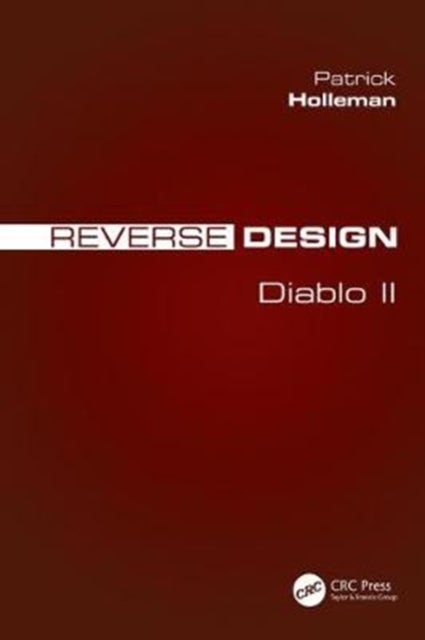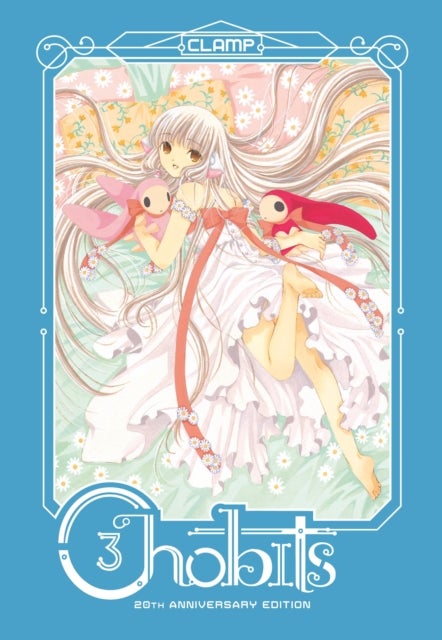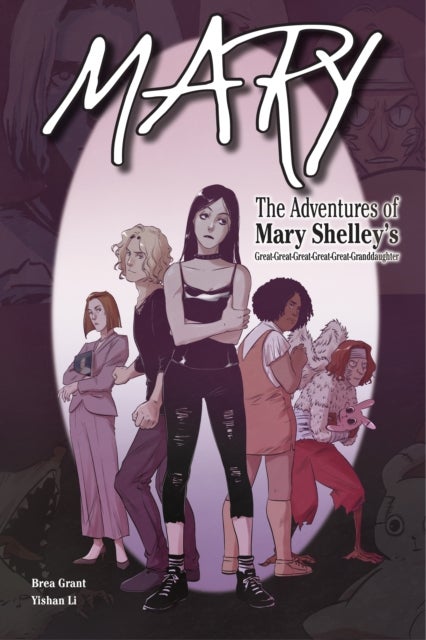
Reverse Design av Patrick Holleman
589,-
<P>The <I>Reverse Design</I> series looks at all of the design decisions that went into classic video games. This is the sixth installment in the Reverse Design series, looking at <I>Diablo II</I>. Written in a readable format, it is broken down into three sections examining three topics important to the game:</P><OL><P><LI>How does <I>Diablo II </I>borrow from different types of games like action RPGs, classical class-based RPGs and Roguelikes?</LI><P></P><P><LI>What are the different types of randomness in <I>Diablo II</I> and how do they work?</LI><P></P><P><LI>How do elaborate level-up mechanics keep players interested in a relatively short game for dozens or hundreds of hours?</LI></OL><P><STRONG></STRONG> </P><P><STRONG>Key Features</STRONG></P><LI>Comprehensive definitions of key concepts and terms, introducing the reader to the basic knowledge about the study of RPG design</LI><P><LI>Summary of historical context of Diablo II, how it came to be, and how it influenced other








